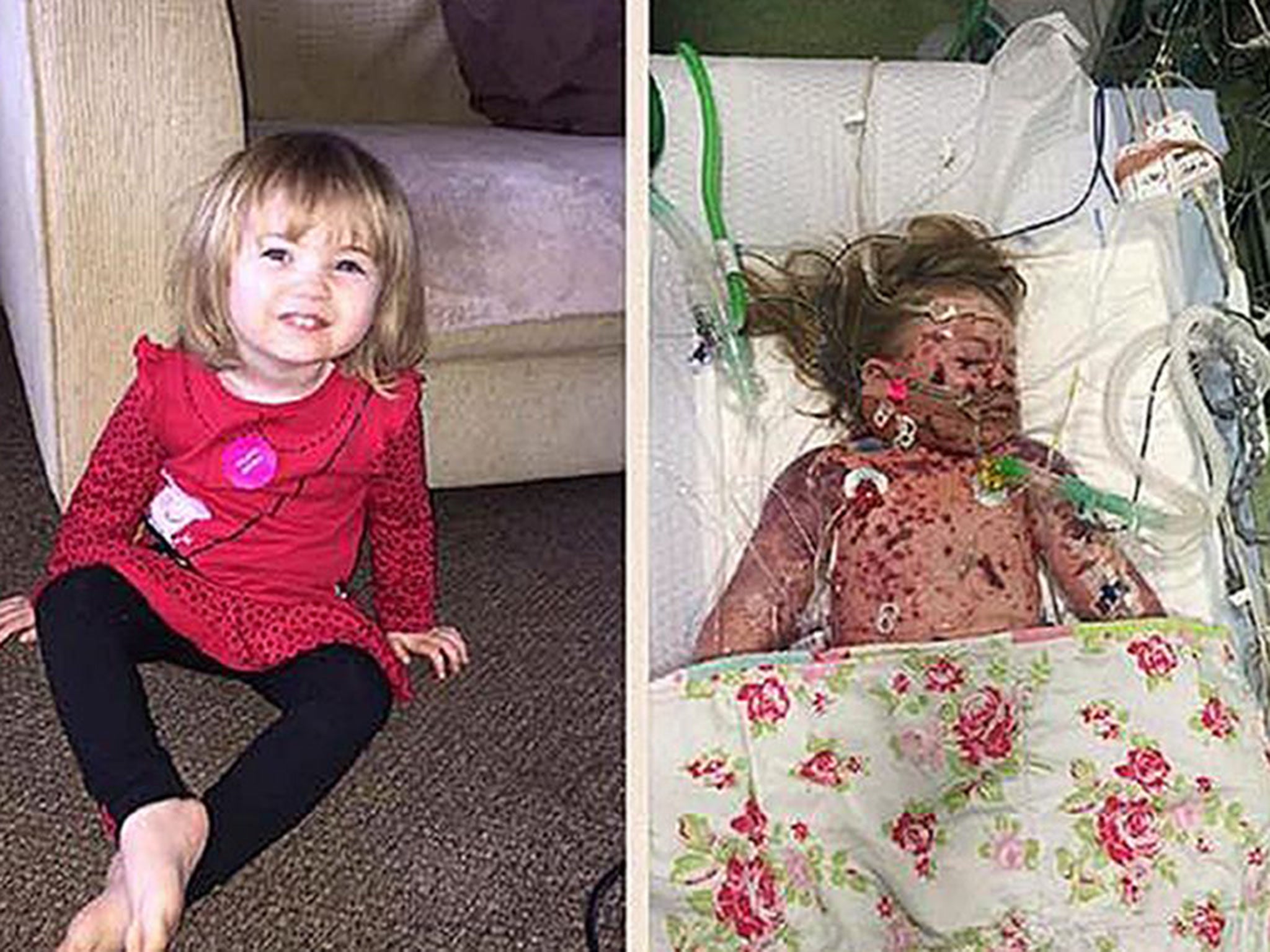Meningitis B: What is the condition which killed two-year-old Faye Burdett?
The condition most common in those under the age of five can be fatal if not immediately treated

Your support helps us to tell the story
From reproductive rights to climate change to Big Tech, The Independent is on the ground when the story is developing. Whether it's investigating the financials of Elon Musk's pro-Trump PAC or producing our latest documentary, 'The A Word', which shines a light on the American women fighting for reproductive rights, we know how important it is to parse out the facts from the messaging.
At such a critical moment in US history, we need reporters on the ground. Your donation allows us to keep sending journalists to speak to both sides of the story.
The Independent is trusted by Americans across the entire political spectrum. And unlike many other quality news outlets, we choose not to lock Americans out of our reporting and analysis with paywalls. We believe quality journalism should be available to everyone, paid for by those who can afford it.
Your support makes all the difference.Menigitis B has returned to public attention after a family shared a photo of a toddler shortly before she died, covered in the red rash associated with the disease and a mass of tubes and wires are attached to her.
Since the family shared the image of Faye Burdett, more than 440,000 people have backed a petition calling for all children to be vaccinated against meningitis B.

What is meningitis B and how serious is it?
It is a bacterial infection that causes meningitis and blood poisoning, which can lead to “severe brain damage, amputations and, in some cases, death”, says the NHS. It is most common in children under the age of five.
What are the symptoms?
Young children may have a high fever, with cold hands and feet; vomit and refuse to eat; feel agitated and not want to be picked up; become drowsy and unresponsive; grunt or breathe rapidly; have a high-pitched or moaning cry; have pale, blotchy skin and a red rash that doesn’t fade when a glass is rolled over it; have a tense, bulging soft spot on the fontanelle; have a stiff neck and dislike bright lights; have convulsions or seizures.
When was the meningitis B vaccine introduced?
Babies born from 1 May last year in England and those born from 1 July in Scotland and Wales are offered the vaccine. The UK is the first country in the world to offer immunisation routinely to newborns.
Why are older children not also being vaccinated?
The Department of Health says that there has to be a “cut-off date” when any new immunisation programme is introduced.
Join our commenting forum
Join thought-provoking conversations, follow other Independent readers and see their replies
Comments